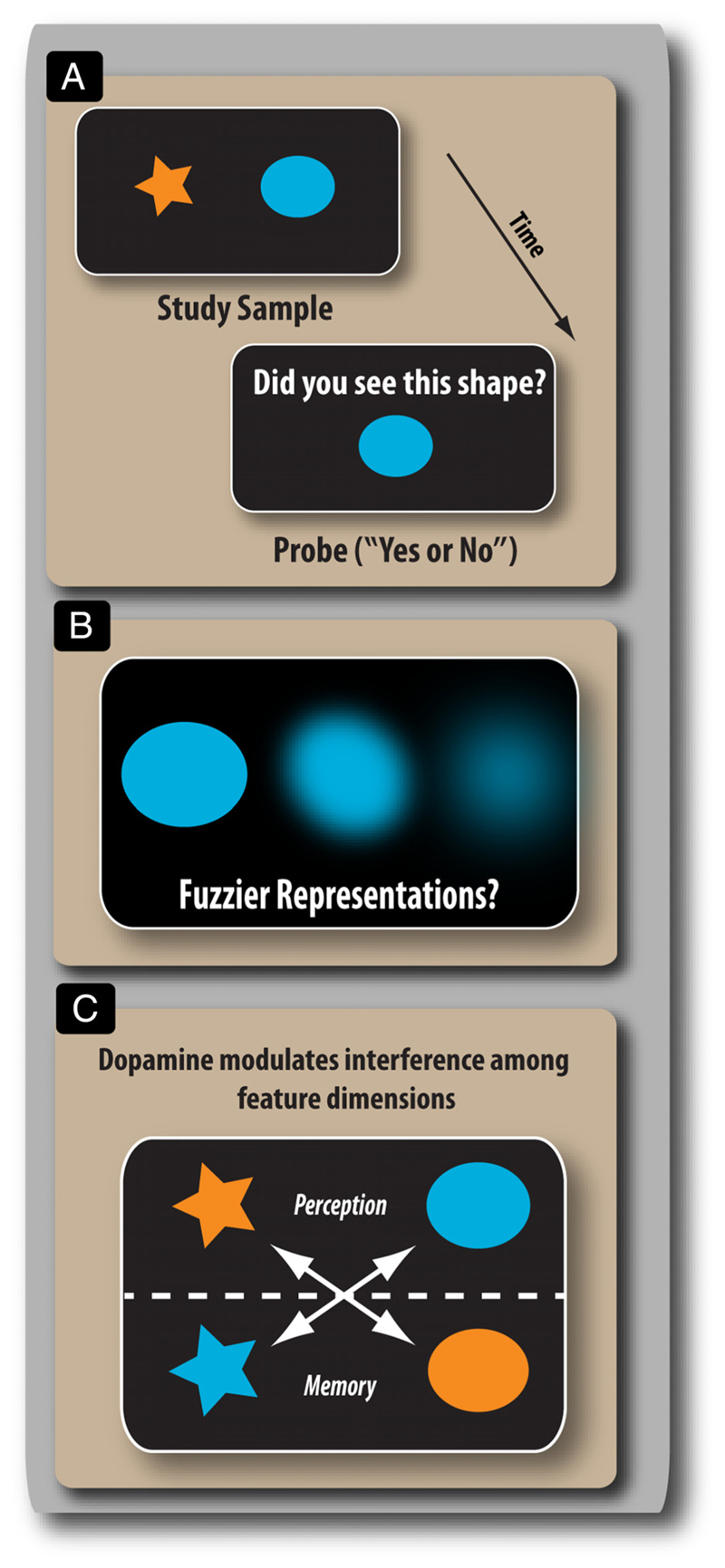Figure 1. Potential effects of dopamine on WM.
(A) Many studies that have examined the effect of dopamine on WM have participants use a binary match-to-sample paradigm. (B) Dopamine might modulate the representation of stored information in ways that cannot readily be detected using such methodology. For example, the resolution of the memoranda could be of varying quality or fidelity (fuzzier representations) but still be sufficient to provide a correct response, that is, a “yes” response in A could correspond to very different underlying representations. Binary report measures might fail to detect gradual changes in the fidelity of stored information with alterations in dopaminergic stimulation. Dopamine does not have to impact on WM in an all-or-nothing manner. (C) An alternative modulatory effect of dopamine might be on interference between the different memoranda, rather than on the quality with which their features are retained. In this scenario, the fidelity of a mental representation may be unaffected, but the features that make up the items may become confused (swapped) during the transition from perception to memory. For example, although the star was perceived as being orange, it is remembered as having the color of the other item (blue).

